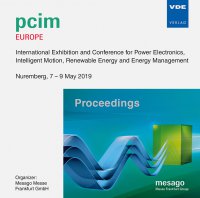The Influence of Aspects of Solder Paste Formulation and Soldering Process Factors on Voiding Under Large QFN Devices
Conference: PCIM Europe 2019 - International Exhibition and Conference for Power Electronics, Intelligent Motion, Renewable Energy and Energy Management
05/07/2019 - 05/09/2019 at Nürnberg, Deutschland
Proceedings: PCIM Europe 2019
Pages: 8Language: englishTyp: PDF
Personal VDE Members are entitled to a 10% discount on this title
Authors:
Jones, Matthew; Wenham, Barry; Boyle, Richard (Henkel Ltd, UK)
Aguilar, Rodrigo (Henkel Technologies, France)
Abstract:
When QFN and other bottom-terminated devices are soldered using solder paste at atmospheric pressure, some voiding is always observed. The process of void formation during reflow is dynamic; voids, primarily formed from volatilized flux materials and soldering reaction products, grow, coalesce and then vent at the margins of the solder joint while the solder is molten. As flux materials are an underlying cause of void formation, then solder paste formulation has considerable potential to influence the degree of voiding finally observed. This paper summarizes some studies concerned with the influence of an aspect of solder paste formulation – solvent choice - in conjunction with some process factors on voiding under a large (12 mm x 12 mm) QFN device. A range of three solder pastes with different solvent systems were evaluated for voiding during multiple tests; these results were aggregated and show the effect of formulation and two process factors (profile and aperture design) on voiding. Following this, a general factorial experiment was used to more formally evaluate a similar range of pastes and process factors, also including three common board finishes.


